A step-by-step guide to integrating email & SMS
Learn how leading brands orchestrate email and SMS channels effectively to deliver the right message through the right medium at the right time.

Discover how DTC brands outpaced Amazon by driving demand before Prime Day.
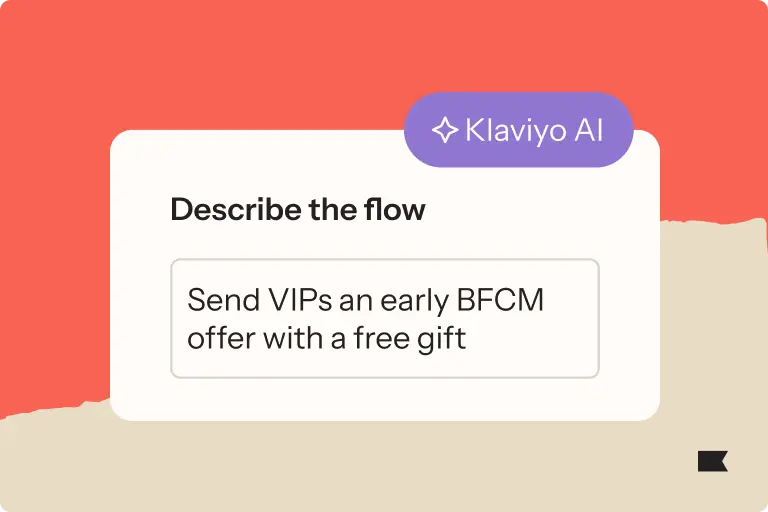
Streamline your holiday season with time-saving AI features that generate flows and segments, optimize forms, and get campaigns to the right person at the right time.
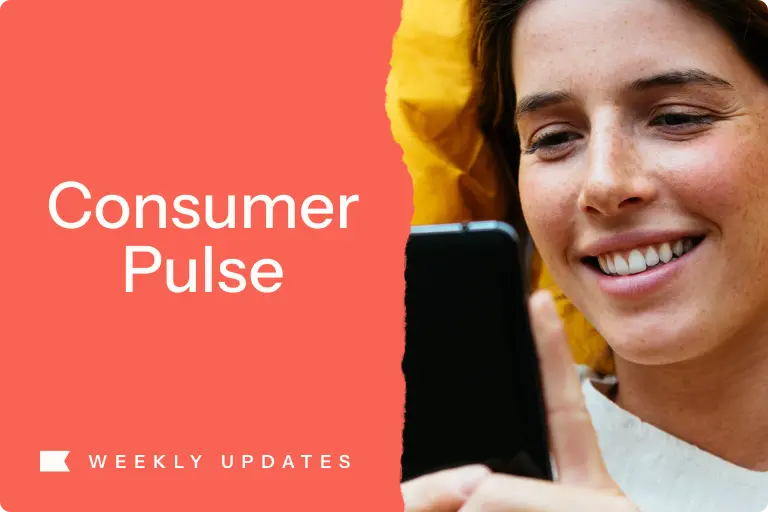
Learn about shifting shopper behavior with Klaviyo’s Consumer Pulse — weekly insights to help brands adapt, personalize, and grow in uncertain times.
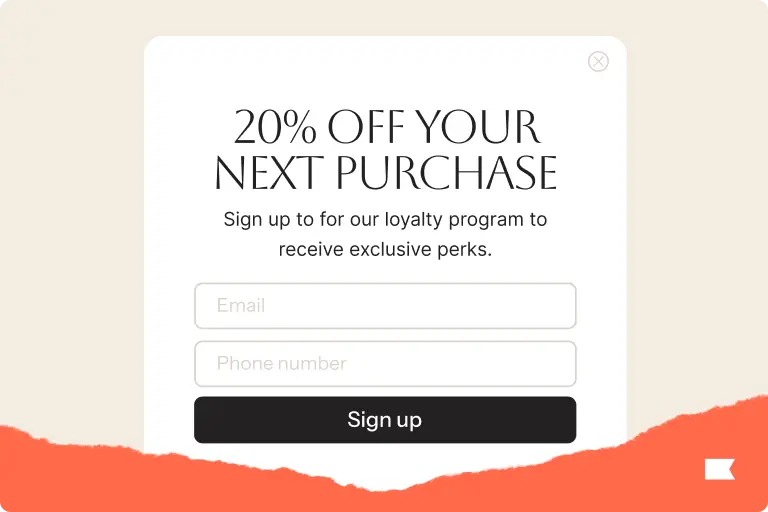
Discover how to use web forms and pop up forms to grow email and SMS lists before BFCM. Get tips, formats, and compliance strategies. Start now with Klaviyo.

Discover 9 stages of an effective email marketing funnel to help you drive more revenue with email throughout the customer journey.
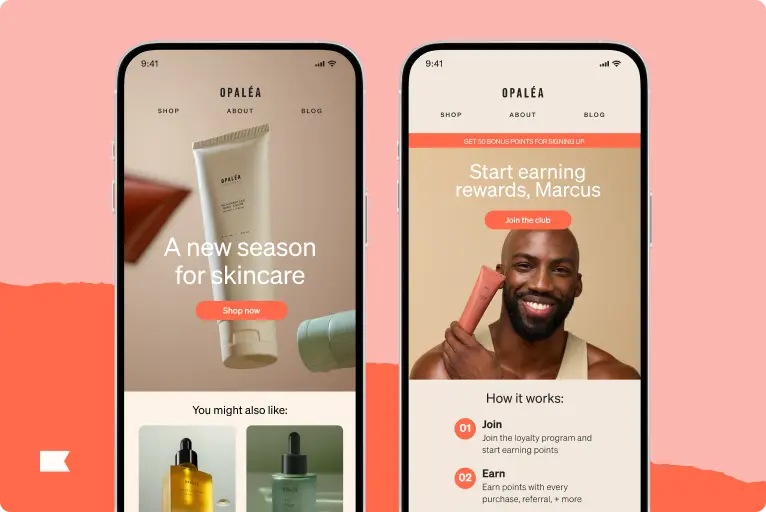
7 Email design trends to keep an eye on for 2025, plus insight from industry experts.
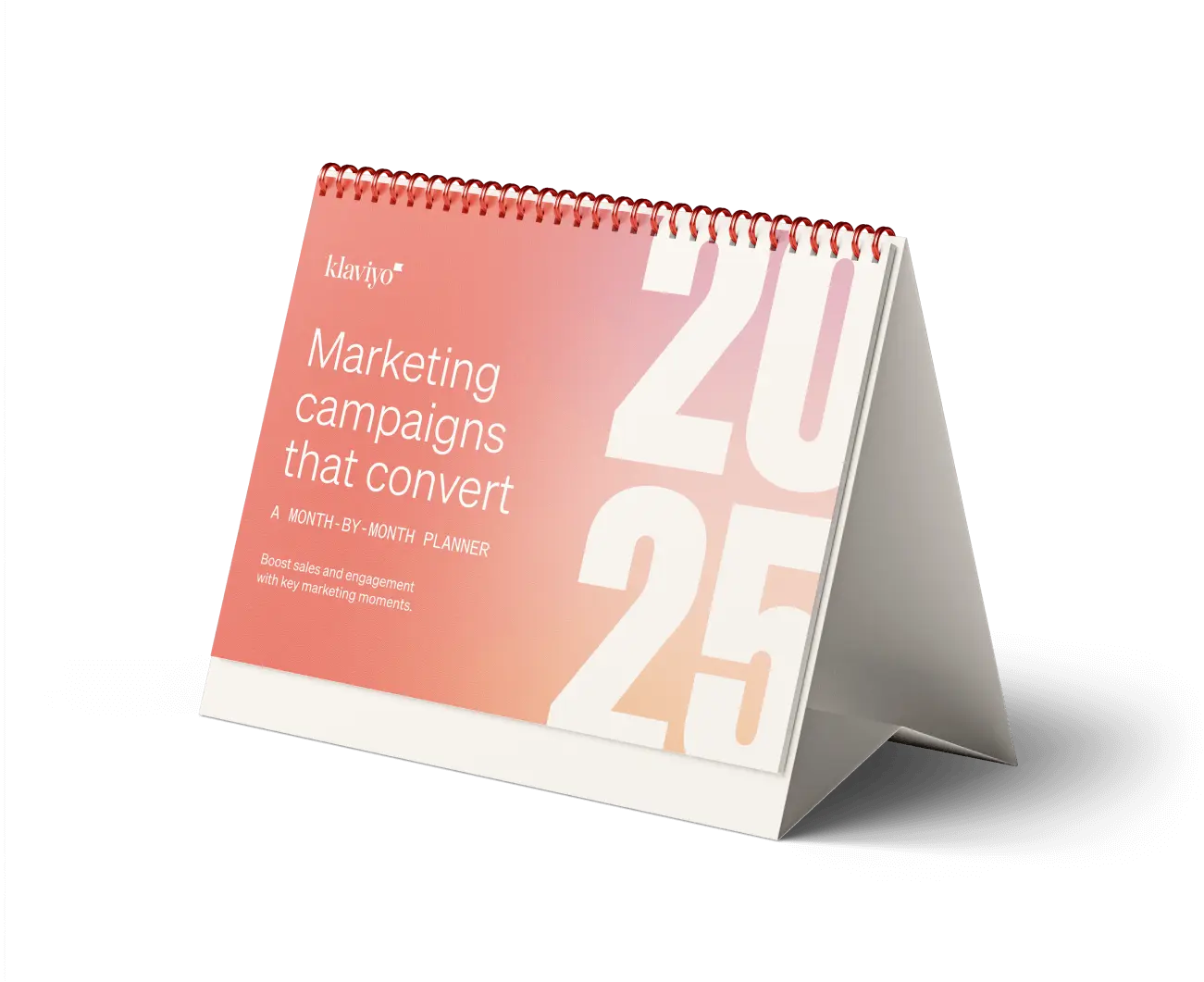
We’ve marked this calendar with 150+ dates marketers need to know for 2025: holidays, seasonal promotions, and even quirky celebrations like National Cookie Day.

Discover powerful ways to combine SMS and email marketing to grow your business. See how Klaviyo helps B2C brands improve ROI with connected messaging.
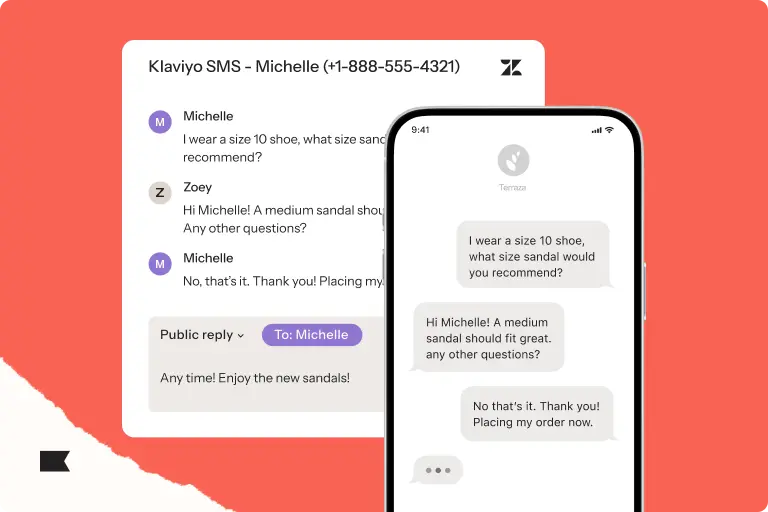
Unlock 10 powerful SMS integrations with Klaviyo to boost automation, improve performance, and drive more revenue with seamless, data-driven messages.
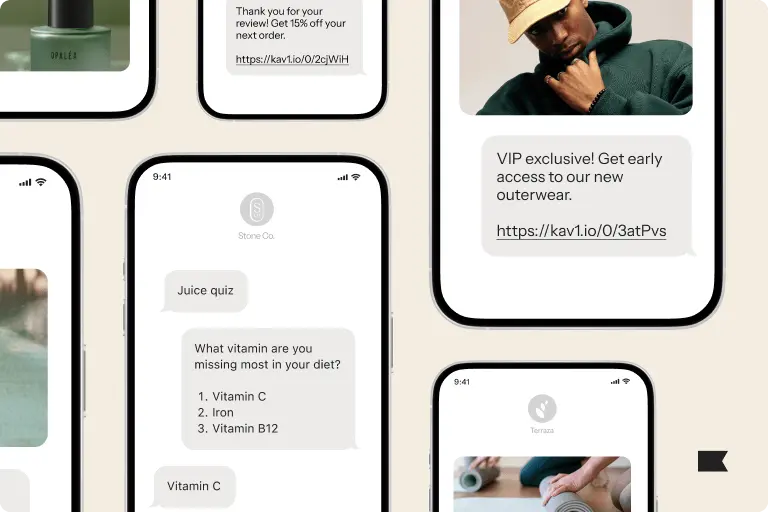
Explore real-world SMS marketing examples and use cases to enhance customer engagement. Learn how businesses leverage SMS for promotions, reminders, and more.
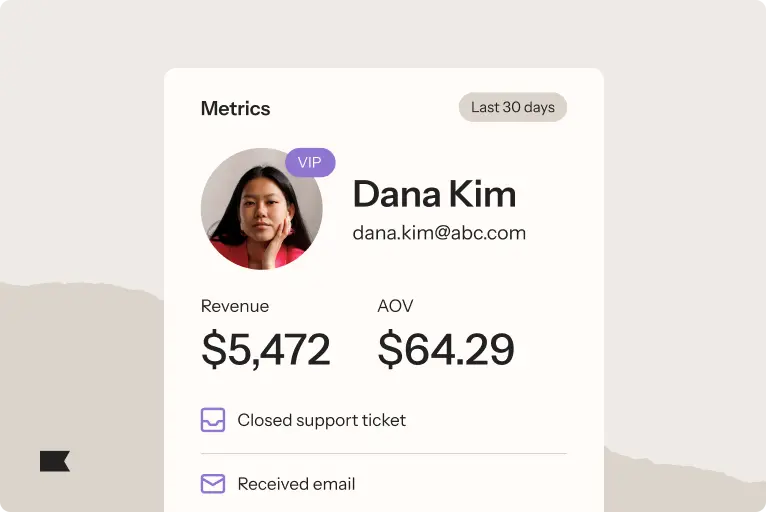
Learn the difference between omnichannel and multi-channel marketing and why unified, personalized experiences drive loyalty and long-term growth.

Our omnichannel marketing strategies for black friday and cyber monday are very effective. Learn how factors like social proof and testing can increase revenue.

Maximize your BFCM sales with 10 proven best practices to engage shoppers and increase revenue this Black Friday and Cyber Monday.
Explore Klaviyo's library of resources to help you build smarter digital relationships
Learn how leading brands orchestrate email and SMS channels effectively to deliver the right message through the right medium at the right time.
Unlock sustainable revenue growth through SMS with proven strategies and best practices drawn from thousands of successful businesses. Learn how to build and optimize your SMS program.
Drawing from thousands of successful businesses, discover core principles and actionable best practices that will help you craft an effective email program that drives sustainable growth and revenue.